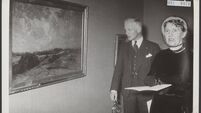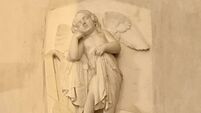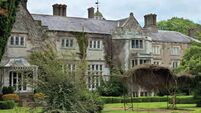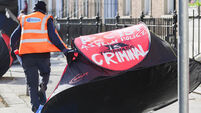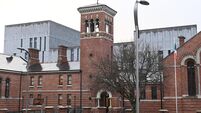Ernest Shackleton's footsteps: Antarctic hero's cabin is restored and open to visitors
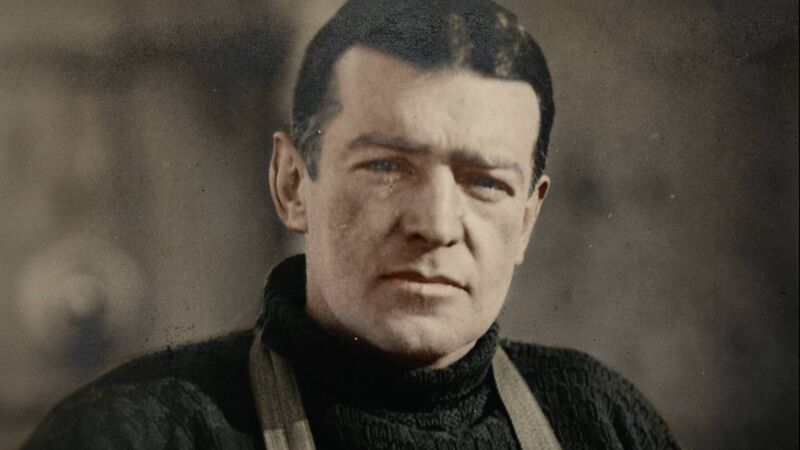
Ernest Shackleton on board the Endurance in 1914. The Irish Antarctic explorer died on board the Quest in 1922 — now his cabin from that final voyage has been brought back to his birthplace and meticulously restored and is open to visitors. Picture: Frank Hurley/SPRI
For years it lay hidden from the world, being used as a garden shed to store tools and DIY kit.
But now the ship’s cabin where Antarctic explorer Ernest Shackleton died has finally been unveiled to the world at its new home in the explorer’s native Co Kildare.
Shackleton made his final voyage in 1922 on board the exploration ship the Quest, and while anchored off a whaling station in South Georgia in the South Atlantic, the polar explorer suffered a heart attack and died.
He was buried on the island, and the ship’s new owner John Drage subsequently removed the cabin — dubbed Shackleton’s ‘sea bedroom’ — from the vessel, as the boat was being repurposed for sealing.
HISTORY HUB
If you are interested in this article then no doubt you will enjoy exploring the various history collections and content in our history hub. Check it out HERE and happy reading
Drage kept the cabin and transported it to his native Norway, beyond the Arctic Circle, where for decades it was used by his descendants as a makeshift shed.
In the 2000s, Drage’s great-grandson Ulf Bakke was persuaded to donate it to the Shackleton museum in Athy.
It then embarked on another epic journey across the sea — this time to Ireland, where it underwent a nine-year restoration process by Sven Habermann, a historical object conservator who is based in Connemara.
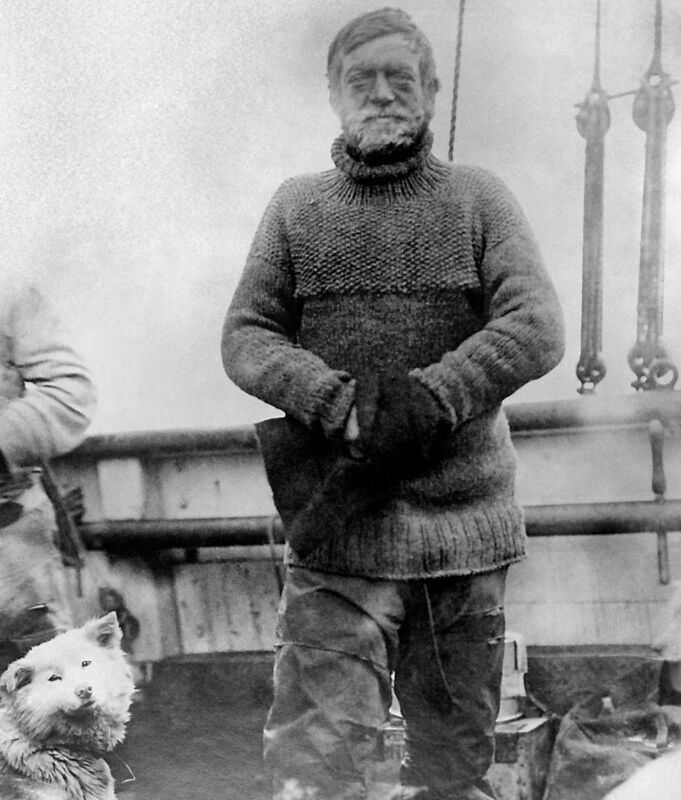
Now, the cabin has been unveiled at the Shackleton Experience in Athy to mark the museum’s reopening this week. It follows a €7.5m redevelopment of the museum which is home to the world’s largest collection of Shackleton artefacts as well as immersive technology and interactive exhibits.
The redevelopment was made possible by the Department of Rural Community and Development and the Gaeltacht’s rural regeneration and development fund, and Kildare County Council.
The unveiling was an emotional day for all involved, said Sven Habermann.
“Handing over the cabin was both professional and personal,” he said.
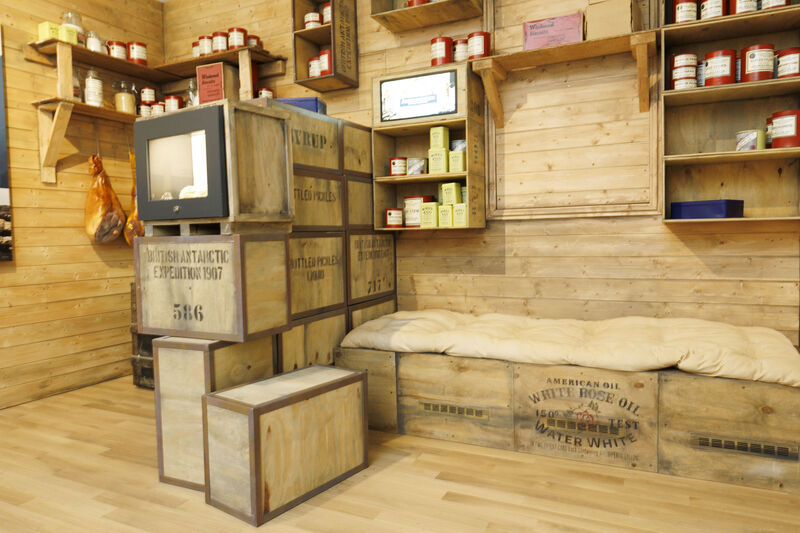
“I rarely form attachments, but this cabin was different. Standing inside it, imagining Shackleton’s last hours, reading his final diary entries, there’s a humbling weight. Here was a man, exhausted by years of exploration, yet resolutely pursuing the call of the Antarctic.”
“Shackleton’s leadership, learned from the Endurance and Nimrod expeditions, shines through in every artefact.
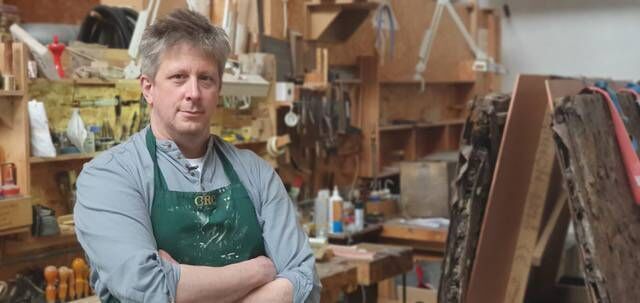
"Measurements of the walls, placement of furniture, even the tiniest structural details, reveal a man precise, caring, and deeply considerate of those around him.”
Shackleton Experience manager Aline Fitzgerald, said they are delighted the cabin has finished its journey at the explorer’s birthplace in Co Kildare.
“While it wasn’t always cared for, there was a level of respect and acknowledgement of what it was,” she said.
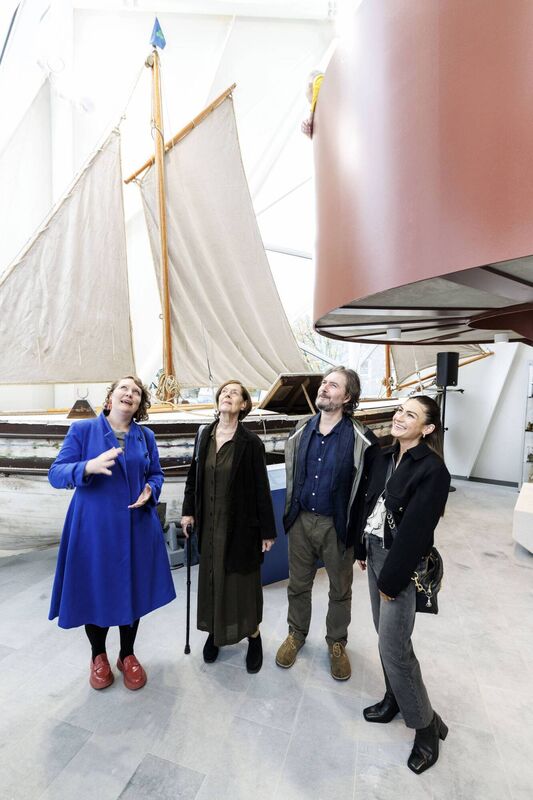
“A relative of the person who owned the cabin originally wanted it to be known for what it was. The most important thing for him, I suppose, was that it wasn’t lost as a garden shed. He knew that, over time, this very well might have happened.
How did such a historically important piece survive for so long?
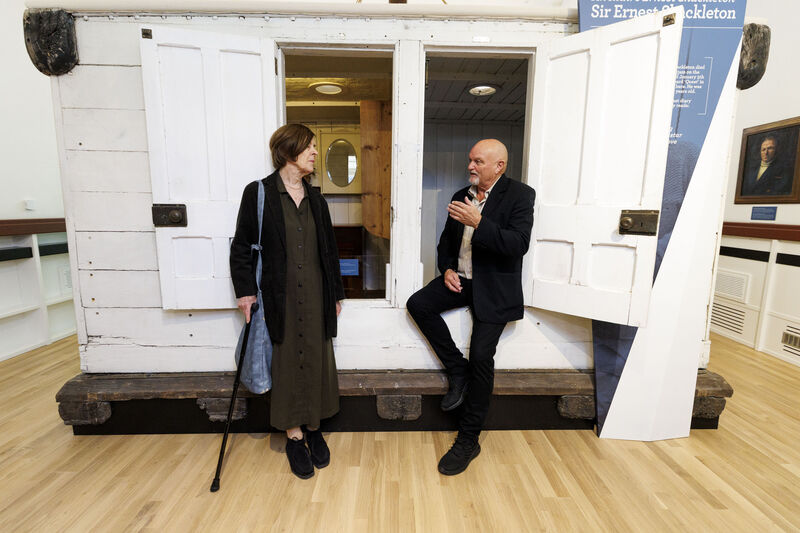
"It is interesting to note that 90% of the cabin stayed intact because of the cold. The temperatures didn’t rot it and there was very little fungus growing on it. Insects can’t survive in such cold conditions which is part of the reason it was so well preserved.”
The cabin’s interior has been replicated to appear exactly how it was during Shackleton’s expeditions.
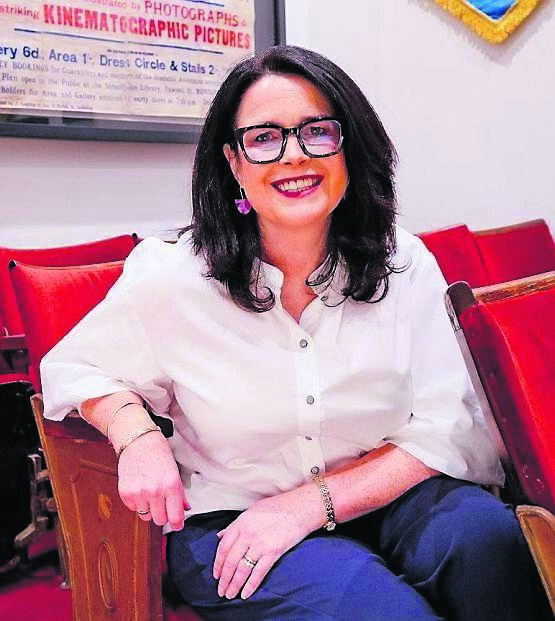
“There are a few pieces inside the cabin that are authentic but the majority are replicas. There are some originals like part of the bed and the front of one of the drawers. Outside of that, everything had to be remade.
“This was done in a very respectful manner and in such a way that protected the integrity of the piece. Everything that has been added was recycled from that time.
“The idea is to restore it with similar pieces that would have been used during that period.”
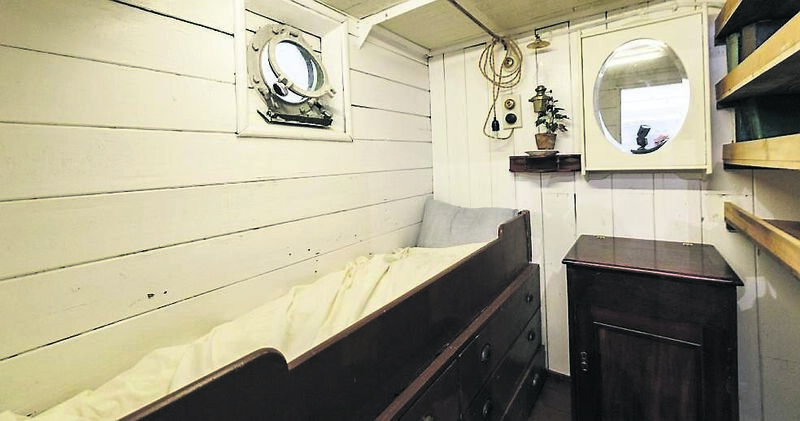
She described the level of dedication that went into restoring the cabin’s interior.
“John Quiller Rowett, who financed the expedition took lots of pictures when he visited the shipyard to view it. This allowed Sven to see more detail of the ship and cabin. There was one particular image that helped us to redesign the interiors right down to the moulds.
“He actually found some images for the wallpaper on the ceiling which was incredible. It was clear this was the type of wallpaper that’s cut from a mould. It’s not like an image on the wallpaper but more of a kind of embossed style. Sven was able to find a house that had the same wallpaper still in it and it was made from scratch to put in the restored cabin.”
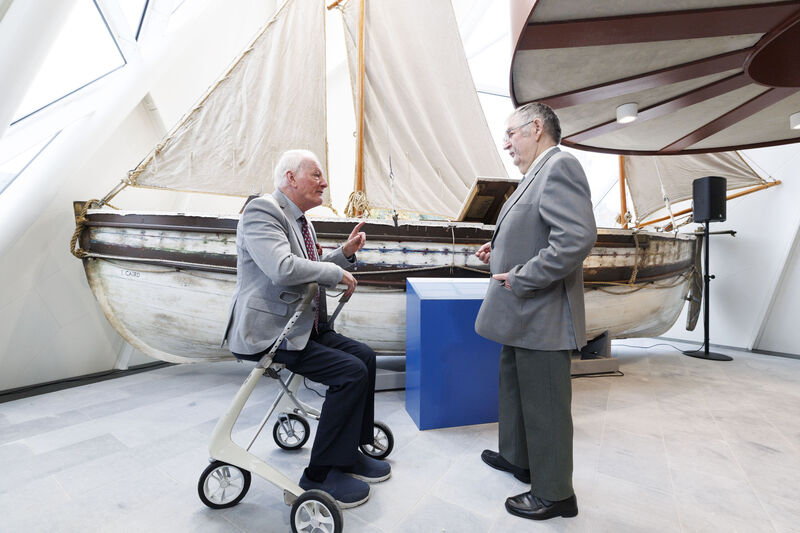
Other smaller items are also expected to spark curiosity: “We have one of the original biscuits he saved from an expedition. He was very forward-thinking and needed to think about how he was going to raise funds after these expeditions for the next one. He was always trying to capture the moments by retaining items.
“It’s like he foresaw that in time it would all be looked back upon — which it is.”
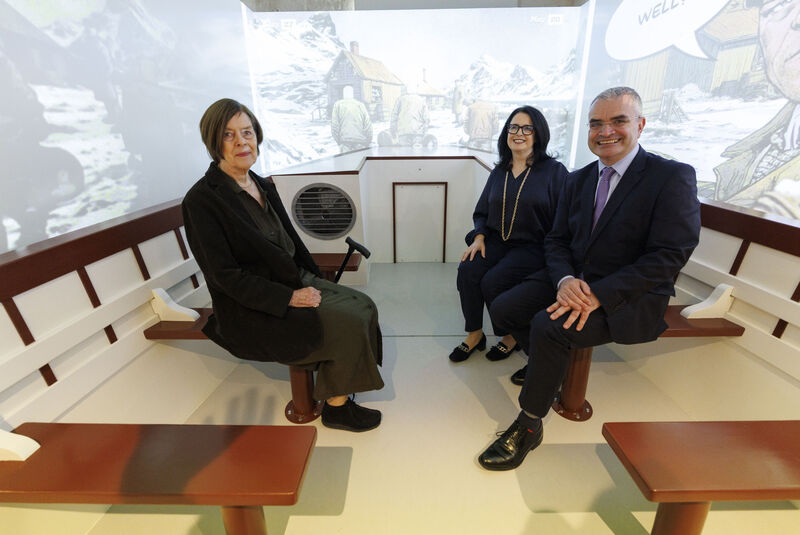
Fans of the explorer have been contacting the museum from all over the world.
“There’s a lot of excitement about it. We have been receiving phone calls from people located in many different countries, some of whom are coming over because they want to visit the Shackleton experience.
“Ernest Shackleton has a huge following that is really remarkable because it varies in ages. It isn’t just the older cohort of people there. There are also younger people who are completely inspired by his leadership, his courage and his resilience.“



